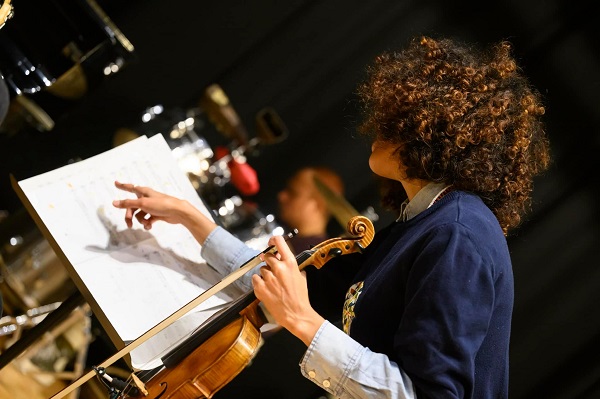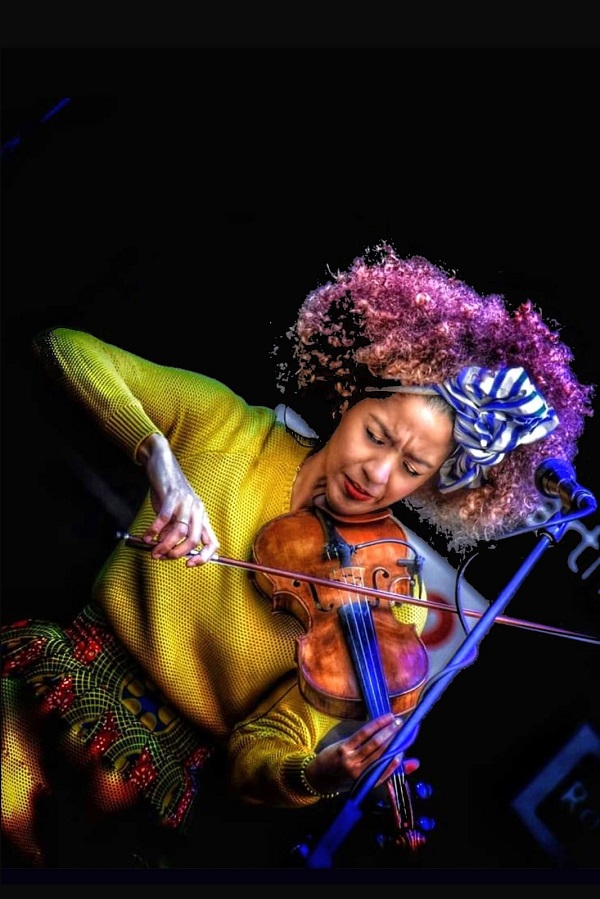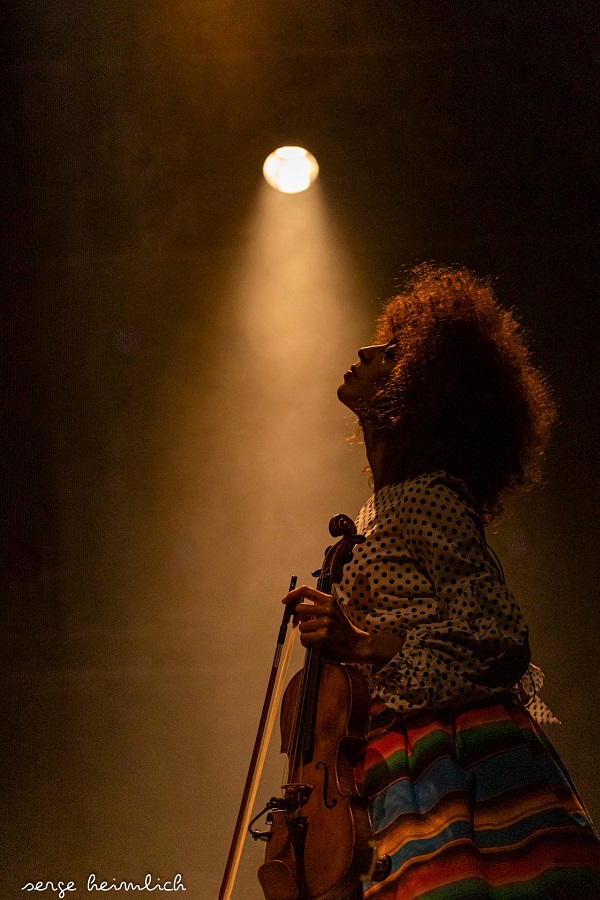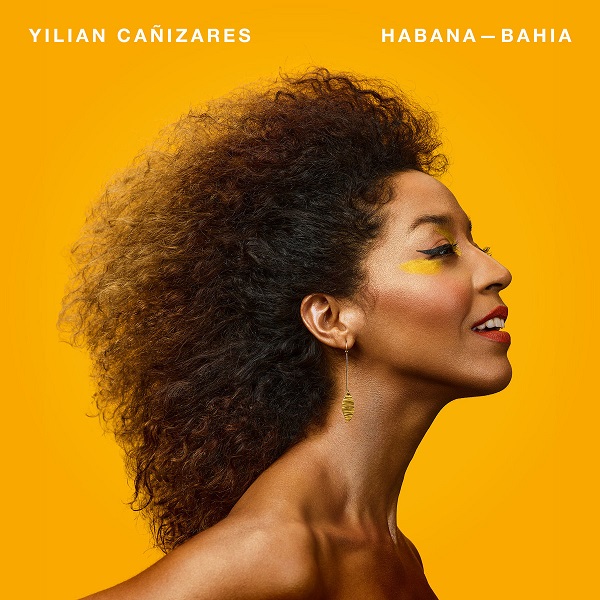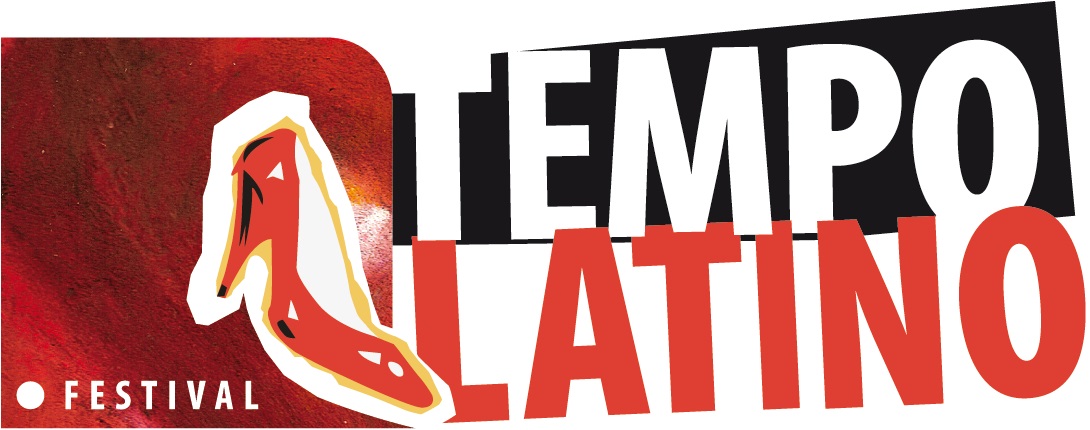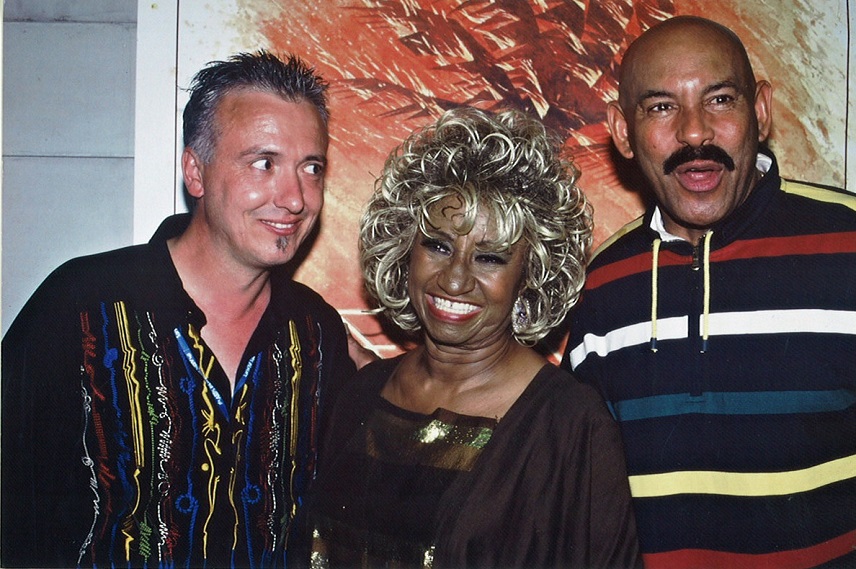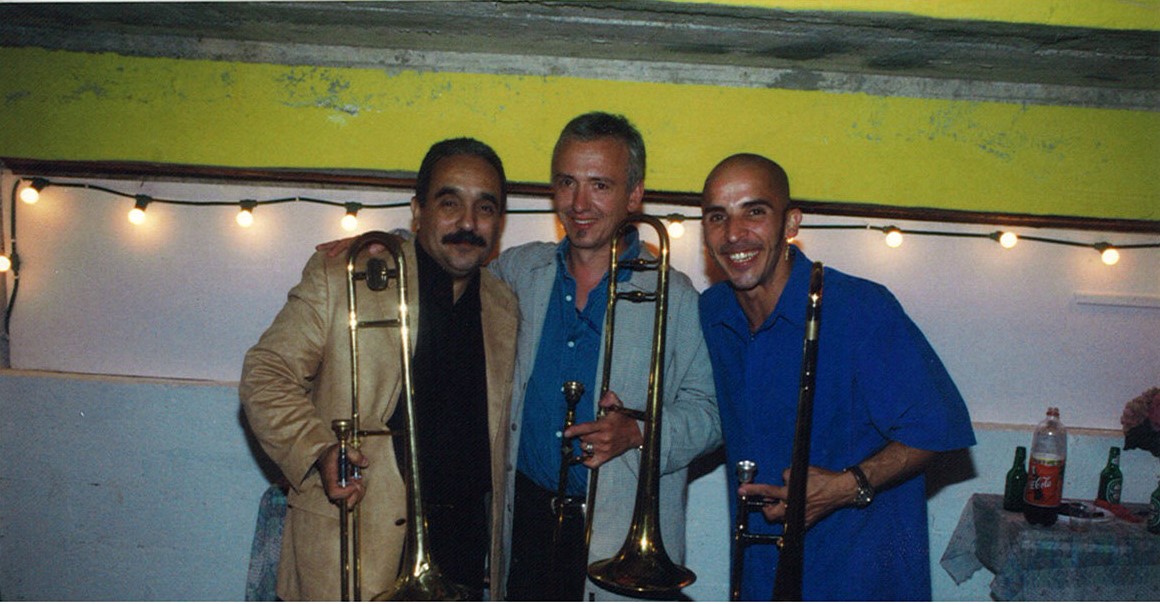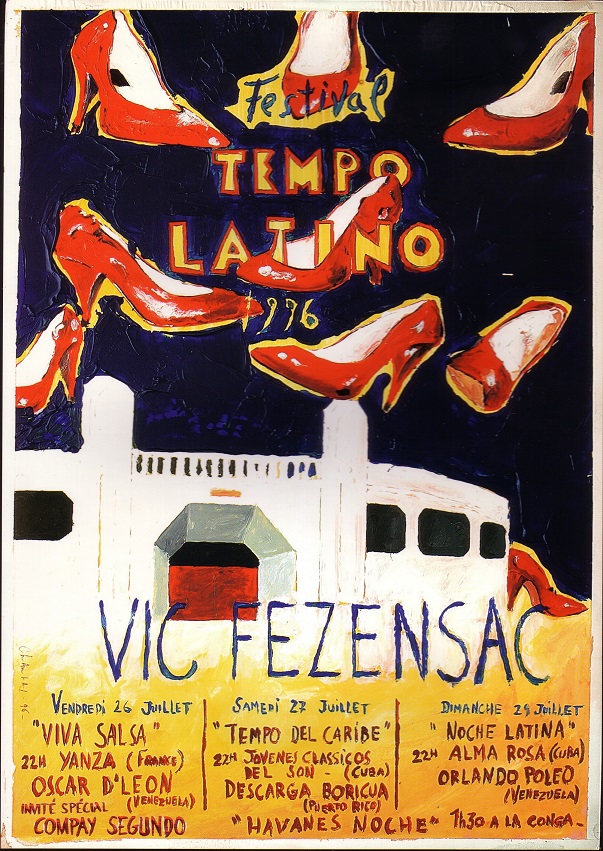According to many of the artists we have had the honor of interviewing in this section, one of the most important things to succeed in the world of music is education and academic preparation. Fortunately, the United States is full of academic institutions offering all kinds of degrees, courses and diplomas to contribute to knowledge base artists use for their work. One such institution is Berklee College of Music.
Berklee College of Music is one of the leading music institutes in the state of Massachusetts and offers all kinds of academic degrees related to this important branch of the arts on its campuses in Boston, New York and Valencia, Spain. Its biggest focus is developing the potential of its students in areas like music, dance and theater.
In this prestigious institution, students have the opportunity to experience every aspect of the music industry through an interdisciplinary curriculum. On its website, those interested can see everything that is offered such as undergraduate, graduate, summer programs and online courses.
In addition, Berklee has made available to its applicants the possibility of studying in an online mode through its Berklee Online initiative.

Berklee Online
Berklee Online is an initiative by Berklee College of Music created in 2002 with a view to allowing aspiring musicians and established artists to pursue economic and high-quality degrees and educational programs from anywhere in the world.
Berklee students will be able to develop and improve all of their artistic skills through online certificate programs, award-winning courses, and undergraduate programs.
An important thing to note is that online students will be able to learn from the same professors from the physical campus, so at no time will there be any decrease in the quality of teaching compared to face-to-face classes. We are talking about the best professionals in each of their areas who have taught classes to numerous artists and have been part of national and international award-winning projects. Likewise, many of the graduates of this institution have won Grammys and other awards of this kind.
According to figures handled by the college, Berklee Online has students from around 140 countries and very diverse academic and work backgrounds, but with the same desire to learn and absorb the best from their instructors.
Another benefit offered by Berklee is the assignment of an academic advisor to students in order to support them in achieving their goals and help them in everything they need to make their experience the best it can be.
And for those who are not particularly interested in enrolling in a paid course, they can also opt for free resources to complement the activities they are carrying out. Among these resources, we can mention free sample lessons, degree handbooks, online course catalogs, news and exclusive content.
Once on the page online.berklee.edu, whoever wishes to have access to all this material must sign up and create an account by typing the data required by the page in order to get access to the content.
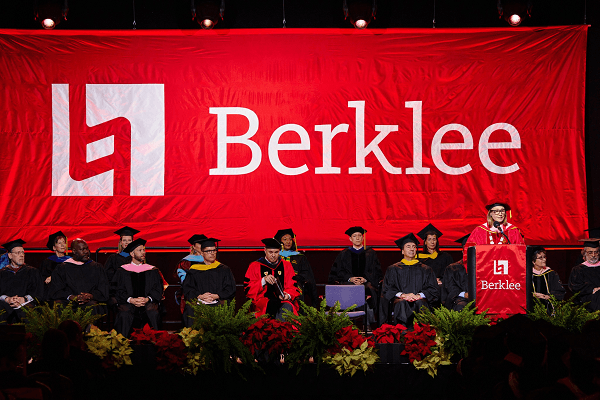
Berklee Graduate Artists
Berklee College of Music has been the home of many renowned artists who have been able to learn much of what they know today in its facilities.
In this same section, we have spoken with renowned musicians who attended this college, which has greatly contributed to the training that has allowed them to get to where they are today.
One of them is Venezuelan percussionist and musician Omar Ledezma Jr., who received a scholarship to study in this institution and, at that moment, he told us that he applied for the scholarship and managed to pass the audition required to enter the school. A month later, he was informed that he had been admitted to Berklee through a letter and, in his own words, it was one of the most important news in his life.
Today, Ledezma has an important participation in groups such as Pacific Mambo Orchestra with which he has played in major festivals such as Tempo Latino in several of its editions. He is also teaching at the SF Community Center where he shares his knowledge with other young people who want to follow the same path.
Another fitting case to mention is that of Puerto Rican arranger, composer and sound engineer Felix O. Rodriguez, who studied production, mixing and remastering at Berklee College of Music to prepare his return to the stage since leaving the music for an extended period of time. After that, he started his solo career with all the irons and released his first studio album. Having developed in the aforementioned areas, he has much more control over his work and has no need to hire as many people to record his music.
While it is true that these artists attended face-to-face classes, their professors and content were the same for online classes, so students enrolled in the online mode can enjoy the same benefits and the same learning without any problem.

Read also: Tracy Jenkins from Lula World Records spoke exclusively with us



























